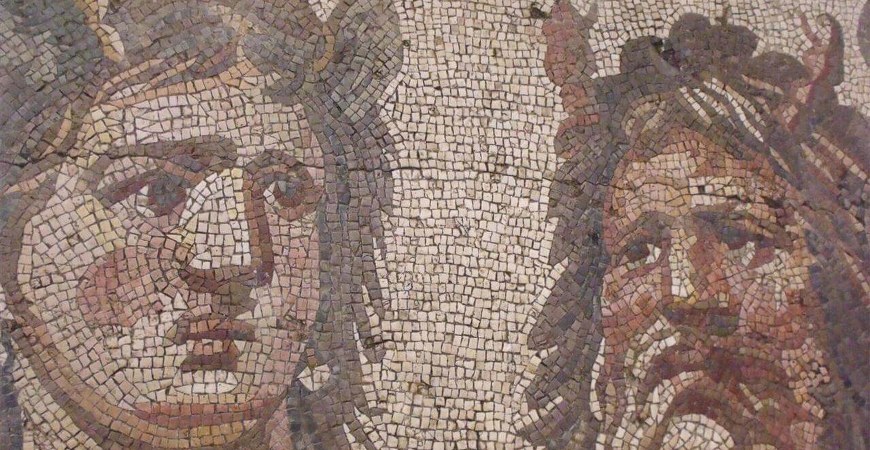Hatay Archaeology Museum Antakya,
Hatay Archaeology Museum is in Antakya. Construction of the building began in 1934 on the recommendation of the French archaeologist, M. Prost, and was completed in 1938. When in 1939 the province of Hatay was reunited with Turkey the museum came under Turkish control. It was reorganized and reopened in 1948. In 1975 the Hatay Archaeological Museum was opened after modern reorganization and the construction of an annex. Hatay has a rich collection of mosaics. The works in the museum are arranged according to where they were found. There are objects found by excavations carried out by the London British Museum, the Chicago Oriental Institute, and Princeton University, at Barrows and ruins such as Guneyde, De’hep, Catalhoyuk, Tainat, Mina, Acana, Defne-Harbiye and so on. There is also a collection of objects from Antakya and its surrounding regions made by the Hatay Museum. The works are exhibited in the 7 rooms and 2 halls of the museum.
Statues and mosaics dating from the second to fifth centuries AD found in Defne Harbiye – Samandagi, Antakya, and Tarsus. The most famous figures among those depicted by the mosaics are the drunken Dionysus, Orpheus, Dancers, Ariadne Abandoned and Yakto. Column capitals, sacrificial altar, an idol, a bas-relief, a fresco and statues dating from the Hittite to Roman periods and found by excavations in barrows in the plain of Amik.
A panel from the mosaics in Hatay Archaeological Museum Mosaics and statutes dating from the Roman period (first to fourth centuries AD) found in excavations at Defne-Harbiye, Antakya a, d Samandag. Mosaics, grave steles and statues found at the sites of several ruins in the province of Hatay. In the show cases various small stone and pottery Objects found in barrows. In the seventh room is an exhibition of examples reflecting the art and culture of the region from the Paleolithic Age up till the present day. The objects are displayed in wall niches. Against the other walls of the room are cases in which are displayed a coin collection arranged chronologically, and important treasure found in the region.
Exhibited in nine cases in the Treasury Room is women’s jewellery from various different periods, made of gold and other valuable metals. Besides the exhibition rooms, there is a room for temporary exhibitions, a conference hall, a laboratory, depots and offices, In the garden of the museum are Roman period sarcophagi, building stones, water jars etc.



































































































































